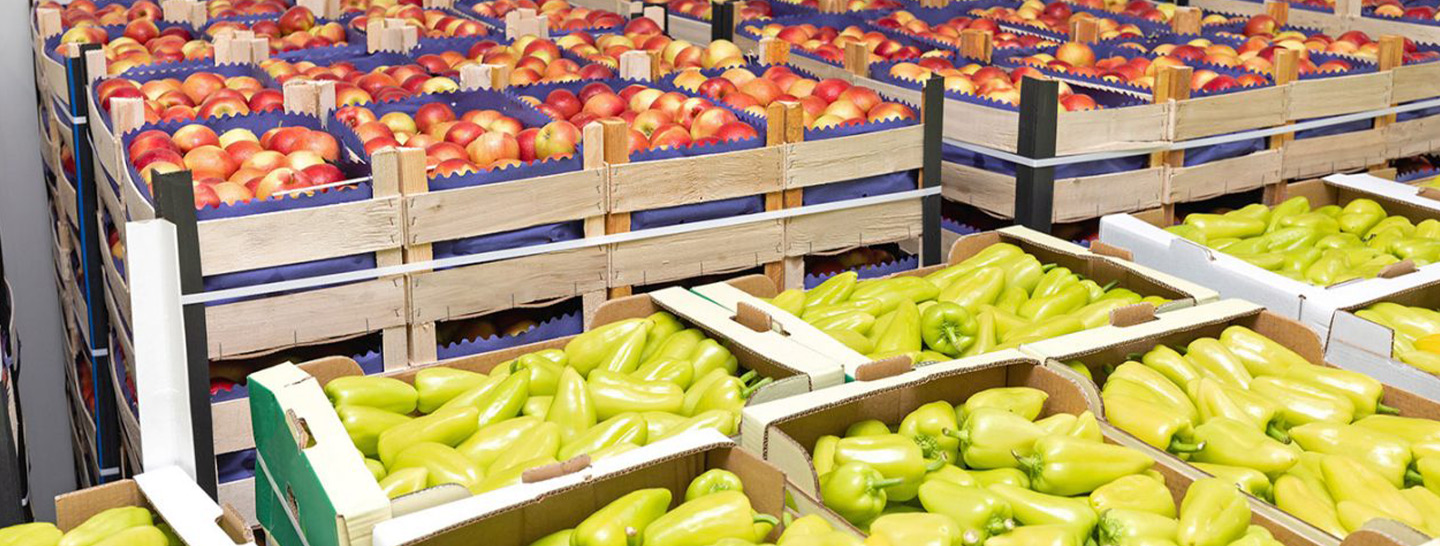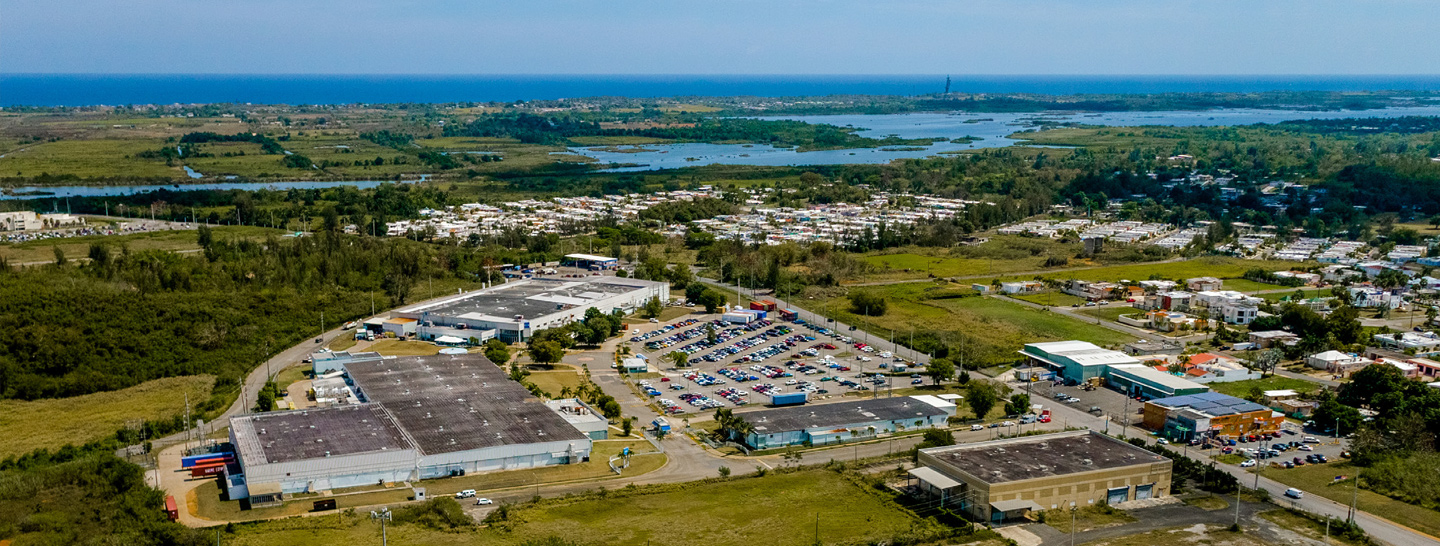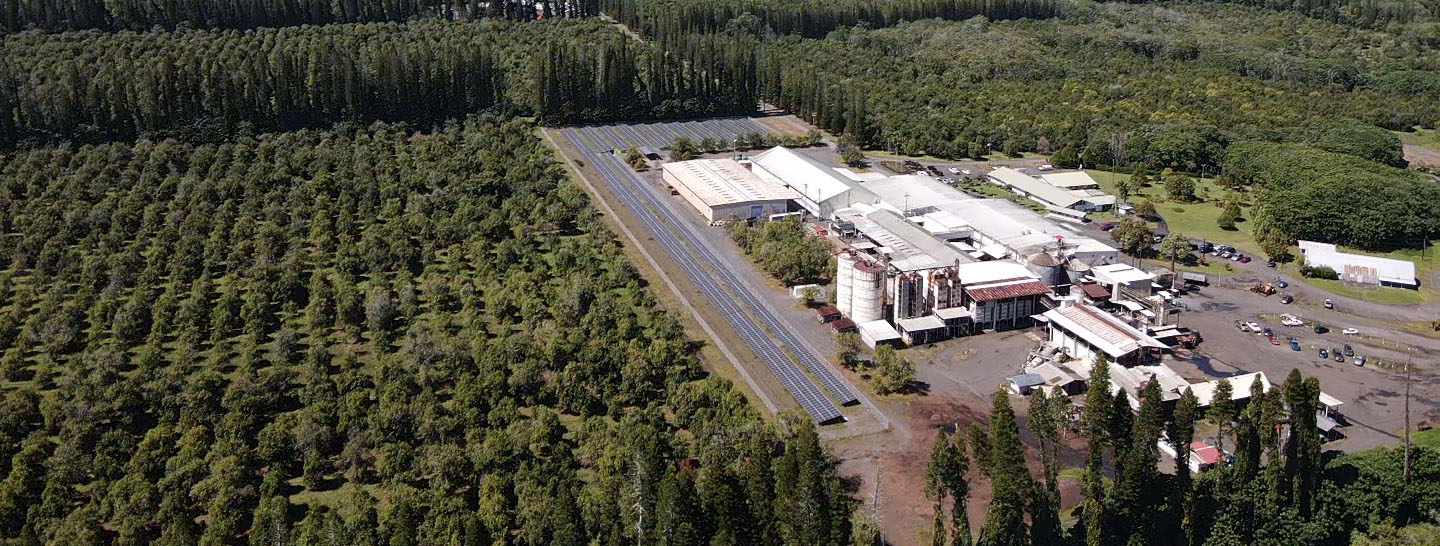Industry: Grocery Storage
Location: Nashville, TN
Program: TVA-Enel X Demand Response
DR Strategy: Curtailment Only (Refrigeration set point adjustments)
Annual DR Earnings: Approx. $25,000
Associated Wholesale Grocers (AWG) serves as a Nashville hub for grocery storage and distribution to more than 300 co-op members, including Apple Markets, Piggly Wiggly, HG Hill, and more. The AWG facility is enormous, including more than 500,000 square feet of dry storage and 250,000 square feet of refrigerated storage. Many items can withstand only a minor temperature variation, so AWG monitors its storage facilities carefully.
AWG enrolled in the Tennessee Valley Authority (TVA)-Enel X Demand Response (DR) program to reduce energy costs, support lower energy costs for its operation and the surrounding community, and help maintain a stable grid.
During DR dispatches, AWG curtails more than 850 kW by reducing lighting and raising temperature set points in its cold storage areas, creating $25,000 in annual DR payments.
Cooling Down Energy Costs
At first, Associated Wholesale Grocers assumed that it would be impossible for the organization to participate in demand response. “We heard about DR and liked the idea a lot,” recalls Benny Phillips, facilities manager at AWG’s Nashville division. “But it just seemed too risky, since we were storing very temperature-sensitive items, such as bananas.”
But the more Phillips and others looked into their use of energy, the more flexibility they found. They analyzed temperature readings and found that refrigerated storage areas could hold their temperatures for hours longer than initially seemed possible. They also began charging the batteries for their forklifts during off-peak times.
Easy Participation with Big Results
During dispatches, AWG moves temperature set points by approximately 3 degrees in its extensive cold storage area without affecting operations or the quality of the diverse goods it warehouses for co-op members.
“For us, DR has turned out to be really easy,” says Phillips. “We simply make some adjustments, monitor carefully during the dispatch, and reset our refrigeration settings when it’s over. We’ve found that we’re able to make changes without any effect on the items we store—and we can put everything back to normal in minutes.”
AWG sees DR as a way of earning money without making major changes or putting its produce and other stored commodities at risk. “Demand response makes a big difference to our bottom line. As a co-op, the more we save, the more we can pass along these savings to our members,” says Phillips. The money earned from DR goes directly into the general facilities fund, and helps pay for other cost-saving changes.
Simple Implementation and Clear Communication
“Working with Enel X was a real pleasure,” says Phillips. “They did a great job during the whole implementation process. They worked with our people. They didn’t rush. And they kept our comfort level extremely high.”
AWG receives clear, prompt communication from Enel X, including timely notification of dispatches. “They give us plenty of advance warning so we can do everything we need to do to ensure quality and lower risk,” says Philips. “We’re in touch via phone and email, and Enel X’s commitment to communication really makes a difference.”
A Community Commitment
AWG is located in the middle of a largely residential area, and is the largest user of electricity in its community. “We feel strongly about not sucking up so much juice,” says Phillips. “With DR, we’re able to protect our company, but also help the community keep rates down.”








